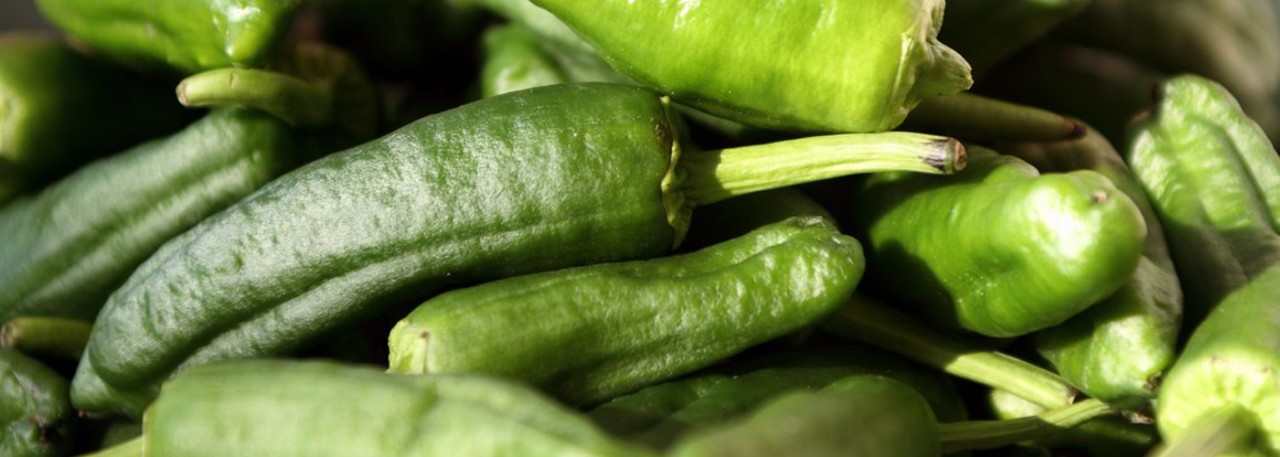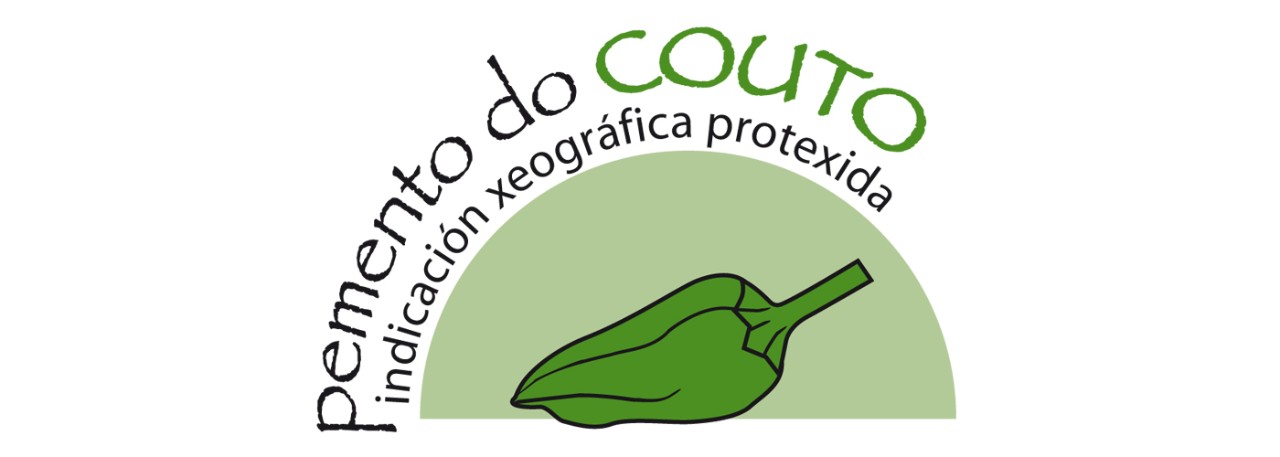.png.transform/rendition-xs/image_image%20(1).png)
Pemento do Couto PGI
A fruit of the Capsicum annuun L species, from the local eco-type known by the same name. The fruit is picked in an early immature state (commercial size) and intended for sale as fresh produce.
Tasting notes
The flesh has a smooth, juicy texture, with a sweet, slightly herby flavor and is not hot owing to the absence of capsaicin, with a mildly intense aroma and very few seeds.
Other notes
Shape: cut lengthways it is trapezoid and tapered and rounded in cross section. Sometimes the cross section can be slightly grooved and the tapered end marked with three or four edges.
Weight: between 4 and 6 grams / 0.14 and 0.21 oz each.
Length of the fruit: between 4 and 8 cm / 1.57 and 3.15 in.
Approximate width: 2 cm / 0.79 in.
Stalk: between 2 and 3 cm / 0.79 in and 1.18 in, and always shorter than the fruit itself. It is rigid and normally straight or slightly curved.
Skin: dark green color, not very shiny.
Thickness of the wall or flesh: fine, about 1 to 1.5 mm / 0.04 to 0.06 in.
Production / Processing method
The nursery plants come from authorized producers inscribed in the appropriate register. Once the ripe fruit has been picked, it is dried and deseeded. The seeds are disinfected and are then ready to sow. Seed bed preparation and sowing are begun in October and continue throughout November, December and January. Sowing is done in trays over soil composed of a mix of peat and sand in equal quantities. After germination, and once the plants are about 5 cm high, they are thinned out and transplanted to trays with individual cavities.
In the open air, planting out is done in April and May, with a density of 3-5 plants per square meter, with harvesting in June-July. Planting out under cover is done in February and March, and harvesting starts in mid-April. Density is 2-4 plants per square meter.
Picking is done by hand, before the fruit is fully ripe and at a time when farmers judge that conditions are ideal for selling. Picking is carried out in as many waves as may be necessary, using the materials (tools, boxes, containers, etc.) and human means required to prevent the product from deteriorating.
The peppers are transported in rigid containers, to avoid squashing them. Unloading is done in such a way that any damaging effects from the fruit falling are minimized. Storage areas must be properly ventilated.
Packaging is done in homogenous batches according to source and length of the fruit and in bags weighing between 200 g to 400 g / 7.05 to 14.11 oz. Materials used must be authorized by current food industry legislation. Other presentation formats may be used if they are proved not to have a detrimental effect on product quality.
Geography / Relief and climate
The production area covers a series of low-lying valleys, protected by various mountain ranges and very near the coast, resulting in a micro-climate with high annual rainfall, including quite heavy rain even in summer. Temperatures are mild, with few major variations, high relative humidity and low levels of sunlight compared to other pepper producing areas. This gives the peppers their thin walls and their finely textured, smooth and juicy flesh.
Regulatory Council
Instituto Galego da Calidade Alimentaria (INGACAL)
Pazo de Quián - Sergude
15881 Boqueixon (A Coruña)
Galicia
Tel: (+34) 981 997 276
ingacal@xunta.es
www.medioruralemar.xunta.es/
Sources:
This pepper has slightly herby flavor and is not hot owing to the absence of capsaicin.


- /content/dam/en/icex-foodswines/images/products/fruits---vegetables/pemento-do-couto-pgi/Pemento%20do%20Couto%20PGI%20carr1.jpg
- /content/dam/en/icex-foodswines/images/products/fruits---vegetables/pemento-do-couto-pgi/Pemento%20do%20Couto%20PGI%20carr2.jpg

Boqueixón (Galicia)
